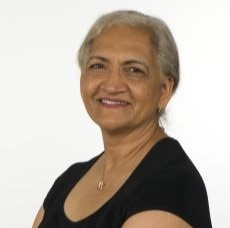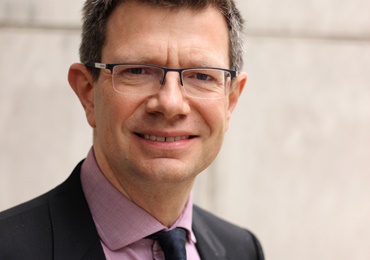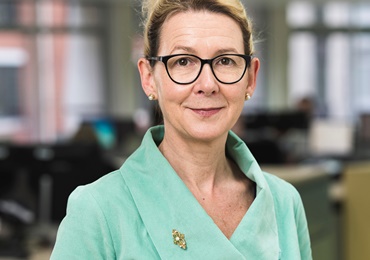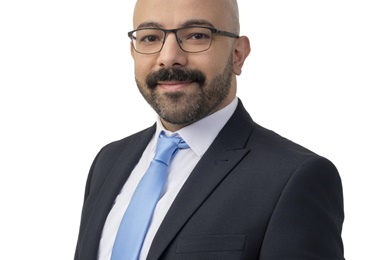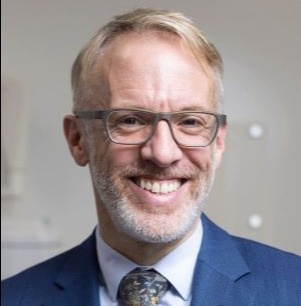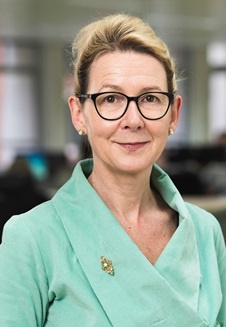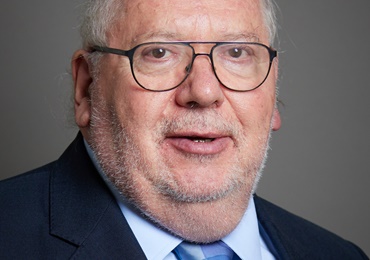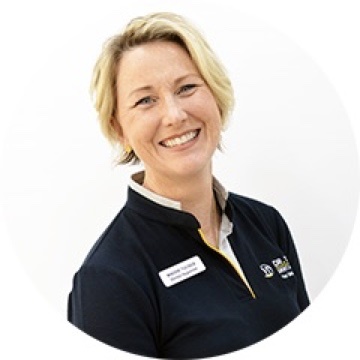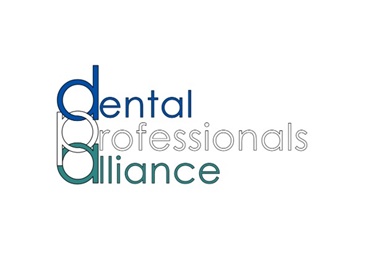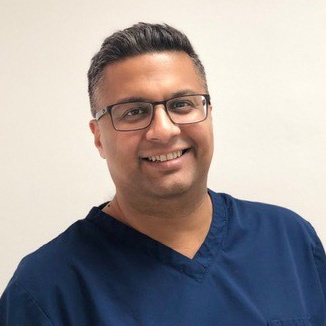Racism in dentistry: the scale and nature of the problem
Shareena Ilyas, Chair of the Ethics, Education and Dental Team Working Group and Co-Chair of the Equality, Diversity and Inclusion Committee at the British Dental Association (BDA) discusses the scale and nature of racism in dentistry, and what we can do to make a difference.
The BDA has been looking at the scale and nature of racism in dentistry and considering what we can do to tackle the causes. This topic is not without extensive debate, and some commentary on ‘wokism’ has surfaced as a result.
On the important issues of equality, diversity, and inclusion we are pleased to be working alongside the GDC, which has stated a clear ambition to ensure all individuals are treated fairly with access to equal opportunities.
We will continue to encourage all sections of the profession to engage with our representative structures, to step up and use their voice. This starts at the beginning of the journey, as students and young dentists, by encouraging them to feel confident to put themselves forward for a seat at the table.
Does equality exist?
So far, the BDA research has revealed stories of dentists who have experienced bullying, harassment, and unacceptable conduct in their workplace. This has been from employers, colleagues, and patients.
We now have the data which acknowledges racism in dentistry exists in 2021. Recent survey results indicate that around 6 in 10 ethnic minority dentists have experienced some form of discrimination due to their ethnicity, and that racial discrimination often goes unreported. Some covert behaviours are laced with undertones of racism, sexism, and/or homophobia and often minimised or dismissed as a joke. Microaggressions are harder to address than overt racism.
There is a reluctance by victims to speak up for a variety of reasons. Everyone holds a degree of bias, however, it’s whether we have the self-awareness to recognise our biases, especially how they impact on others. As a dentist, it is a part of our professional ethics to ensure we treat others equally and fairly, regardless of our personal views.
Redressing the balance
Recognising that no one is perfect is the first step toward redressing the balance. We are pleased to see the GDC is committed to looking at its organisation and committee leadership and calling out unacceptable behaviour when it has been identified.
The BDA will continue to work with the GDC and other stakeholder groups, including the Office of the Chief Dental Officer (England) Diversity in Dentistry Action Group, to keep pushing the equality, diversity and inclusion agenda forward.
What can you do?
We know the future demographic of our profession is changing too. The GDC is asking registrants to fill a diversity questionnaire on their eGDC, which will be anonymised. It’s not simply a ‘tick box’ exercise or a way of excluding particular groups. The data collected will be essential to acknowledge the demographic of today’s dental profession and will be used to ensure fairness, accessibility and transparent, well-informed, decision-making. We strongly encourage everyone in the dental team to do this.
We are also asking all BDA members to engage in the BDA EDI training. Again, this is not another ‘tick box’, but a driver for cohesive leadership and moving these important conversations forward. There are resources available for members on practice policies and best practice.
These are all small steps on what will be a long journey – but it is one the BDA is committed to seeing through − towards making a better, more inclusive profession for us all.
Visit the BDA website for more and how to get involved.
 eGDC
eGDC